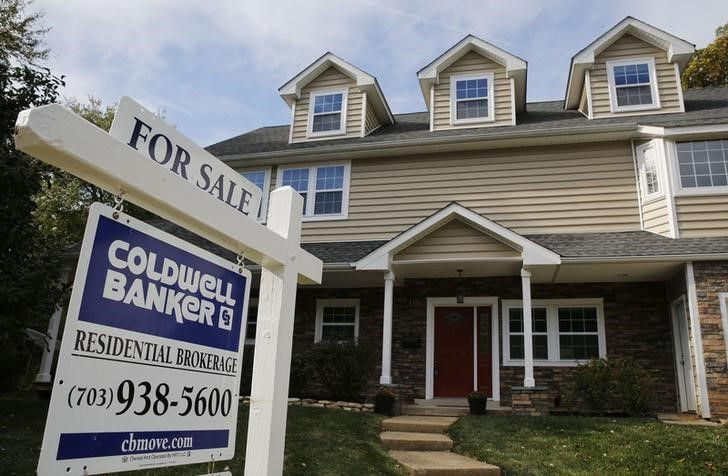US Economy: Pending Home Sales Continue To Soar, But Slowdown Is Looming
Pending home sales are on the rise, up 8% for the month of May, according to a new report released on Wednesday by National Association of Realtors.
All four regions of the U.S. saw month-over-month increases and year-over gains for pending home sales contract transactions for May, as the month registered record gains, NAR said.
Pending home sales in the Northeast increased by 15.5%, up 54.6% from a year earlier, while the Midwest jumped 6.7% for the month, up 7.8% from May 2020. The South saw pending home sales increase 4.9%, up 6.1% from last year, and the West spiked 10.9%, up 12.5% from a year prior.
The Pending Home Sales Index, which is a forward indicator of home sales based on contract signings, was up 8% to 114.7 for the month, while year-over-year signings increased 13.1%.
According to MarketWatch, pending homes sales were up 13.1% a year earlier.
“May's strong increase in transactions – following April's decline, as well as a sudden erosion in home affordability – was indeed a surprise,” Lawrence Yun, NAR's chief economist, said in a statement. “The housing market is attracting buyers due to the decline in mortgage rates, which fell below 3%, and from an uptick in listings.”
A home sale is listed as pending when a contract has been signed, but the transaction for the home has not yet been closed or finalized. The Pending Home Sales Index is based on pending sales of existing homes.
According to Yun, buyers are still lining up at a feverish pace despite the obstacles of the year, which included the COVID pandemic, record-high home prices, and an all-time low inventory of homes.
“While these hurdles have contributed to pricing out some would-be buyers, the record-high aggregate wealth in the country from the elevated stock market and rising home prices are evidently providing funds for home purchases,” Yun said. “More market listings will appear in the second half of 2021, in part from the winding down of the federal mortgage forbearance program and from more home building.”
Yun continued: “Home price growth will steadily moderate with increased supply, but a broad and prolonged decline in prices is unlikely. However, if a reduction occurs in some markets, homebuyers will view the lower home price as a second-chance opportunity to get into the market after being outbid in previous multiple-bid market conditions.”
Metro markets seeing the largest improvements over the past year as of June 29, according to Realtor.com, included Tampa-St. Petersburg-Clearwater, Florida; Detroit-Warren-Dearborn, Michigan; Nashville-Davidson-Murfreesboro-Franklin, Tennessee; Riverside-San Bernardino-Ontario, California; and Jacksonville, Florida.
Despite the rebound in May, economists expect the second half of 2021 to slow in the number of home sale transactions.
“ We believe existing home sales are going to see much harder year-over-year comparisons for the remainder of the year, as the base for comparison moves away from the slump generated in the early months of the pandemic and into the surge in home sales that followed,” Ruben Gonzalez, chief economist for Keller Williams, told MarketWatch.
“With the pressure on sales from the lack of inventory and rapidly rising prices, we are likely going to see sales start moving toward single digit year-over-year growth and perhaps some year-over-year declines in Q4, due to last year’s divergence from normal seasonal patterns,” he added.

© Copyright IBTimes 2025. All rights reserved.




















